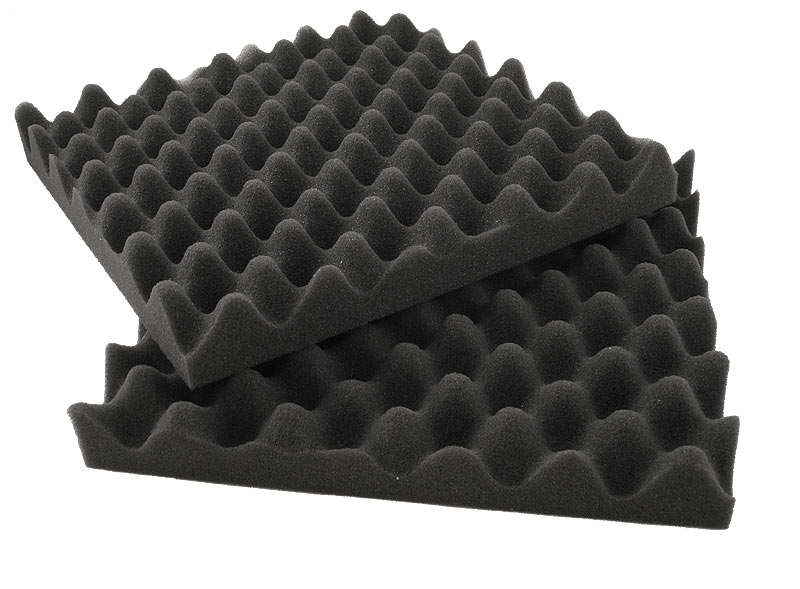Choosing Between Convoluted Versus Foam Insert

One of the key challenges when packaging products is ensuring the contents are kept safe from damage. The longer the distance products have to travel, the more likely they are to be subjected to rough handling. Boxes can end up dropped or even stacked too high. This can result in the boxes being torn or perforated and the contents put under excessive pressure. This then leads to the kind of damage that requires the supplier to make replacements. It can turn into a costly affair, delay deliveries, and affect the reputation of the business.
Inserts are a good way to better secure products within boxes. They keep the items immobilized and unlikely to shift within the box and end up damaged. A foam insert is also ideal for providing thermal protection. This limits the effects of extreme temperatures on the contents within the box. Inserts can make packing of products easier and faster, while also making for good presentation when unboxed.
There are different types of inserts available for packaging needs. Here we will look at two popular options and what distinguishes them from the other.
Foam Inserts
Foam is a lightweight and smooth option that is ideal for delicate items that are sensitive to scratches. As said, it is also great for thermal protection as it limits wide fluctuations in heat and temperature from affecting contents. A foam insert can be easily customized to whatever shape of the item, ensuring a close fit. This is ideal for products that have unusual shapes that cardboard cannot accommodate.
These inserts are also long-lasting, making it possible to reuse and recycle them for however long is needed. The current production of foam inserts is also eco-friendly. Their lightweight construction is also helpful in controlling shipping costs.
Convoluted Foam Inserts
Convoluted foam inserts are also popularly referred to as egg-crate foam. Its design features ridges and peaks that resemble an egg crate or contoured surface. these inserts are good for packaging delicate and lightweight items. They are also abrasion-resistant, reducing the risk of scratches. It has anti-static qualities that come from the use of surfactants in the production process. This makes the inserts preferred for the packaging of sensitive electronic equipment.
The thickness of the foam can help protect against impacts and perforations. When interlocked from both sides, it also protects against shocks and vibrations that may be suffered during transit. It can also be easily die-cut into whatever shape to tightly fit around the item it surrounds. Being polyurethane-based also makes this insert eco-friendlier and unlikely to contaminate water or soil resources.

